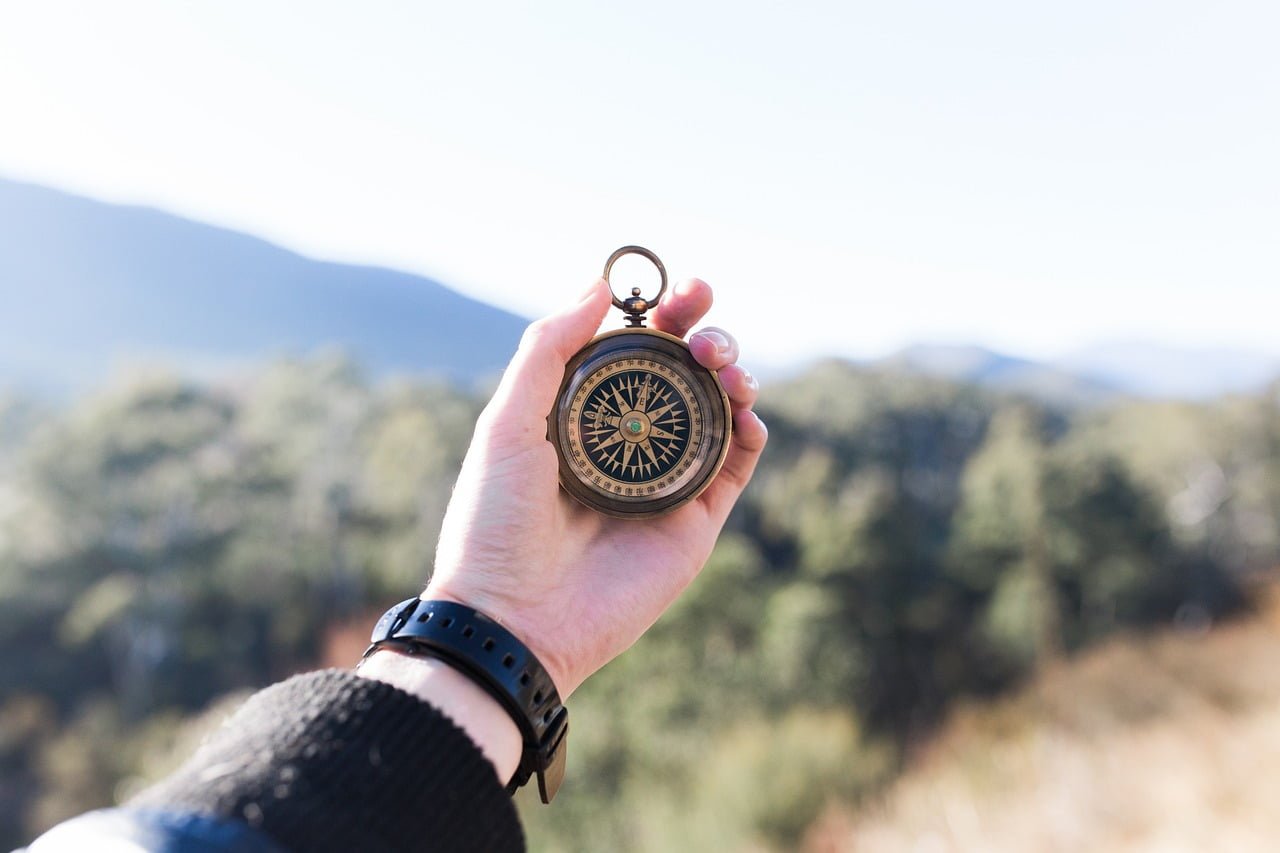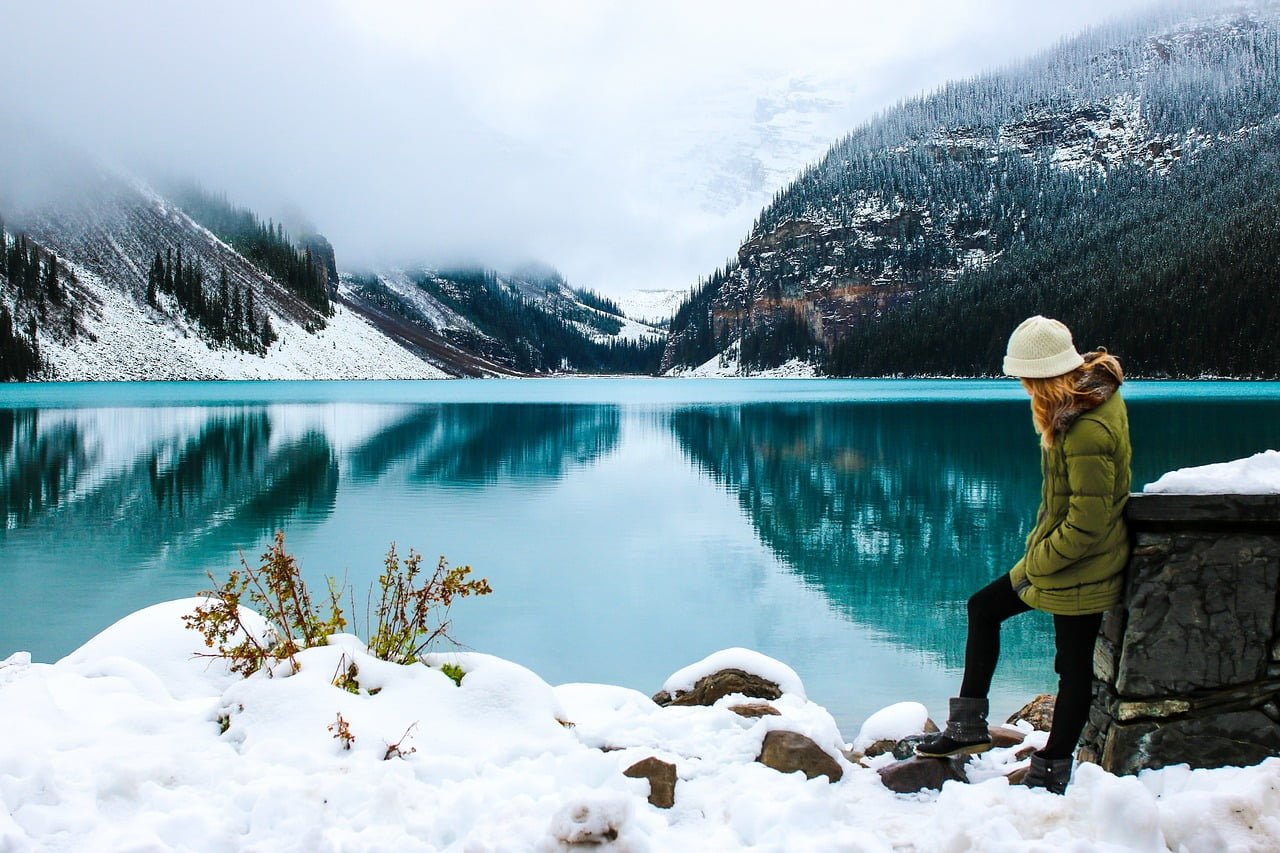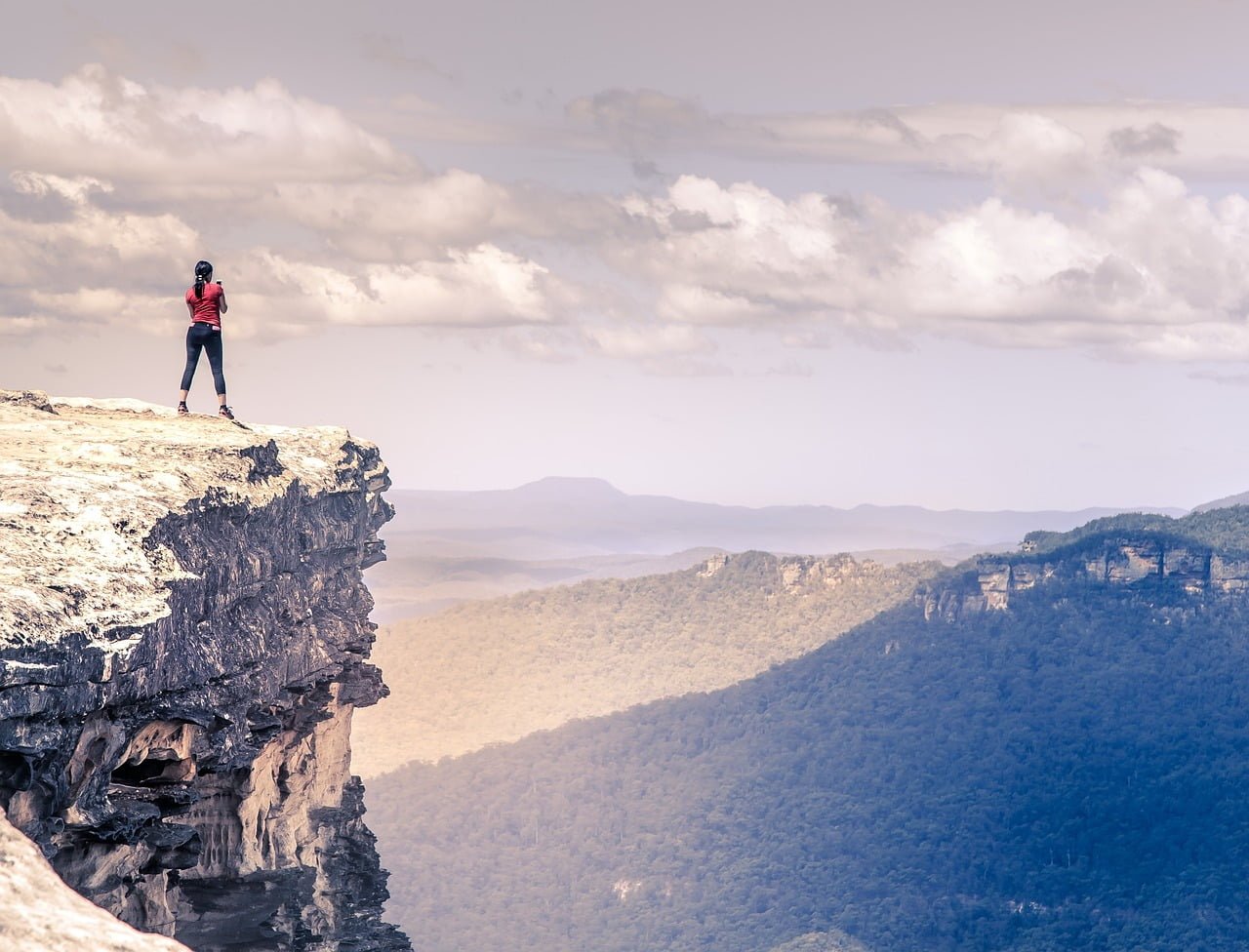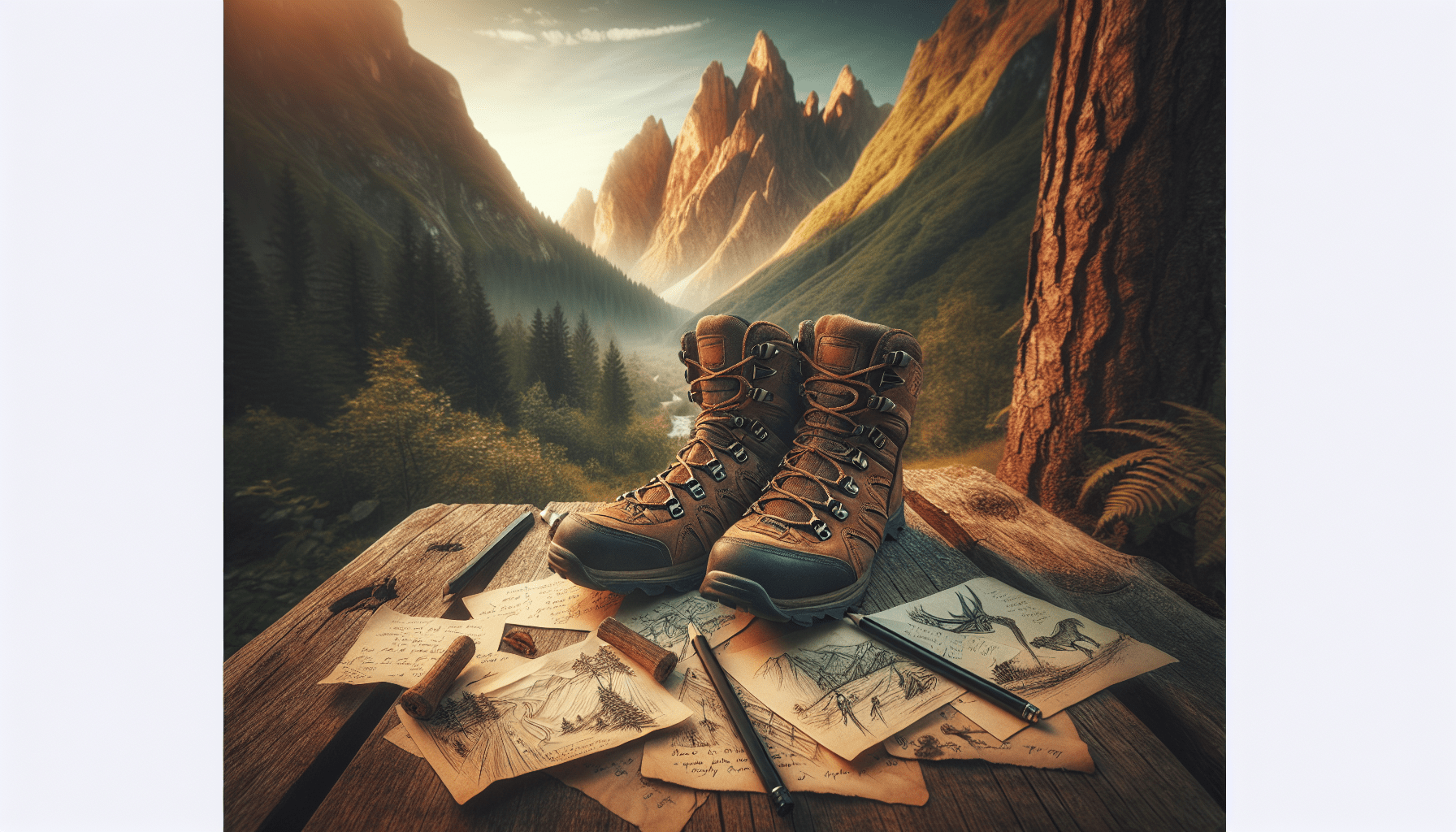
Adventure is deep-seated in humans and has been since the dawn of time. We’re drawn to exploration, to uncovering the unknown, and to pushing our limits. This inner exploration urge combined with hiking can make us feel alive and engaged, leading us on treks across vast wilderness landscapes, scaling tall mountains, or simply strolling along lush green trails. It’s a fulfilling way to satisfy our thirst for adventure and discovery.
Long before walking became a common hobby or a competitive sport, it was a means of survival and a mode of transportation. Historical records reveal that ancient pilgrimage routes, trade paths, and migratory trends involved extensive foot travel. The desire to explore motivated early humans to embark on treks across continents, paving the way for the advent of civilization.
The tradition of long-distance walking holds profound significance in various cultures, whether in the spiritual journey of Camino de Santiago in Spain, the ascetic pilgrimage to Shikoku in Japan, or the great tribal walks of indigenous cultures. These treks are not just about covering distance, but also serve important cultural, spiritual and community-building functions.

This image is property of pixabay.com.
In recent times, outdoor activities like hiking, trekking, and long walks have seen an impressive surge in popularity, becoming a major part of contemporary lifestyle. Pursuing wellness and fitness, connecting with nature, and overcoming personal challenges are some trends driving people’s passion for walking activities.
The hiking industry is growing rapidly as demand for outdoor experiences increases. This has resulted in the creation of countless trail networks, walking clubs, hiking gear advancements, trekking tours, trail conservation efforts, and even hiking-focused travel agencies. The industry’s growth is a reflection of an increased global interest in health, wellness, and eco-friendly activities.
These three terms are often used interchangeably, but nuances differentiate them. A ‘long walk’ is typically an elongated walk across any terrain, while ‘hiking’ usually refers to long, strenuous walks in the countryside or wilderness. ‘Trekking’ is a multi-day, long-distance hike often involving camping or staying in lodges.
Different trails have different levels of difficulty – understanding these grades can help prepare for the journey. They depend on factors such as distance, elevation gain, trail condition, and element exposure. Hiking difficulty scales help in evaluating personal fitness level requisite for specific trails, ensuring safe and enjoyable hiking experiences.

This image is property of pixabay.com.
Preparing for a trek involves training your body for endurance, packing the right gear, and planning routes and logistics. It also means preparing mentally for potential challenges that may arise. Successful preparation not only ensures safety but also enhances the enjoyment and fulfilling experiences of long-distance walking.
Walking regularly, especially over long distances, offers numerous physical health benefits including improved cardiovascular health, increased endurance, and better overall fitness. However, it also poses challenges such as strain injuries from overuse and exposure to harsh environments. Taking the necessary precautions can help mitigate these issues.
Stories of those who undertake frequent long treks often radiate inspiration. Recounting their experiences of majestic scenery, personal growth, and resilience, they inspire others to embark on their own walking wonders.
Each individual’s long-distance walk experience is unique. From refreshing solitude to communal camaraderie, from tranquil nature walks to rugged mountain treks, every journey presents its own challenges, rewards, and stories of revelation and transformation.

This image is property of pixabay.com.
Walking means different things to different people. Some see it as an exciting adventure activity, some as a profound spiritual journey, and others as a potent health regimen. However, some also view it as overly strenuous, time-consuming, or risky. Considering these varying perspectives is crucial in making the activity accessible and enjoyable to more people.
Like any activity, hiking has its share of pros and cons. On one hand, it offers health benefits, personal development, and a direct connection to nature. On the other, it can potentially lead to health risks and has environmental impacts that need to be considered. Balancing these factors can help create a sustainable future for hiking.
Hiking isn’t just about physical exercise – it’s also a mental challenge. It builds resilience, fortitude, problem-solving skills, and furnishes a broader perspective. A walk allows introspection time, clears your mind, and boosts mental health. These benefits can be transformative, fostering personal development in exceptional ways.
Long walks often act as expeditions of self-discovery. They mirror life’s journeys, teaching about adapting to changing situations, appreciating beauty in small things, accepting challenges, and celebrating personal victories, small or large. This process of self-discovery aids in understanding oneself better and cultivates mindfulness and confidence.

Future trends in hiking and outdoor travel may continue to lean towards health, wellness, and sustainability. There might also be more innovation in gear technology, more curated walking routes, hybrid hiking that blends activities like yoga or bird watching, and even more virtual reality nature tours.
Future hiking gear may include lightweight wearables, more environment-friendly materials, tech gadgets to enhance nature experience, hiking footwear that is even more trail-specific, and devices that focus heavily on safety and navigation. Technology will continue to shape the future of hiking for a safer, comfortable, and memorable experience.
Look out for trustworthy books on hiking and trekking packed with expert advice, practical tips, and personal anecdotes. There are also numerous websites, blogs, forums, and social media groups dedicated to everything hiking; they offer reviews, recommendations, shared experiences, safety guidelines, and much more.
Having access to current, accurate trail maps and comprehensive gear guides is crucial for a successful hike. Detailed maps ensure you remain safely on track, while gear guides help assemble the necessary equipment. These resources are fundamental for any walking wonder, ensuring that your next hiking journey is a gratifying and rewarding experience.

Related site – Embarking on Adventurous Journeys Through Some Subjects in Pure Mathematics